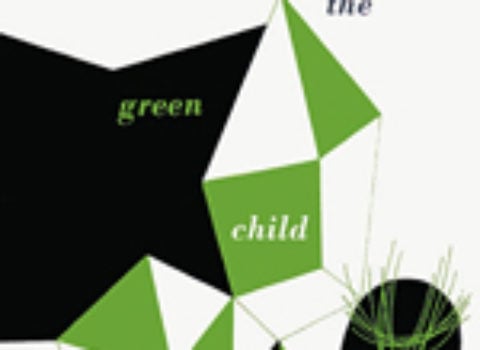From Angels & Saints, which was published last month by New Directions.
Surprisingly little was originally known about the angels. They are mentioned fewer than two hundred times in the Bible, usually only in passing. They appear or they act, but the matter of their existence is not elucidated. Augustine of Hippo in the fourth century said it was easier to know what angels do than what they are. Thomas Aquinas in the thirteenth century explained that, in Genesis, Moses says nothing about the angels he met because he was “addressing an uncultured people, as yet incapable of understanding an incorporeal nature.”
In the few times they are described, the biblical angels usually appear as young men—not, as in the later iconography, as young women or androgynes or boys or babies. Only certain ones have wings. When two angels come to Sodom looking for a just man, the Sodomites find them attractive and try to seduce them. An angel with a drawn sword was invisible to Balaam but visible to his donkey. The angel who tells Samson’s previously barren mother that she will conceive a child has a “very terrible” countenance. An angel with a face like lightning and a robe white as snow rolls away the stone from Jesus’ tomb to show that he has gone.
In the seventeenth century, in the English countryside, there were multiple sightings of birdlike angels. Some were of “a bluish color and about the bigness of a capon, having faces like owls.” Others were “bodied like Birds, as big as Turkeys, and had faces like Christians, but the sweetest creatures that ever eyes beheld.” Two others simply appeared in the forms of a dove and a partridge. This had its mirror image only slightly earlier in postconquest Mexico: Traditionally, the yolia—the life force that inhabits the body and exits at death, somewhat similar to the Christian soul—was imagined as a bird. So when indigenous people saw the Spanish colonial paintings of the Virgin Mary surrounded by winged, pale-faced angels, it was thought they were yellow-headed parrots.
In Ireland, the angels had no forms at all, but were blinding lights. “Woe to him,” wrote a poet in the fifteenth century, “who, seeing the bright sun, thinks not of the brightness of angels.”
John of Damascus in the eighth century said that “an angel is an ever movable intellectual substance,” and in the centuries of debate about the nature of angels, it was generally believed that angels have neither biological bodies—although they do emit a heavenly fragrance—nor are they entirely incorporeal. Bernard of Clairvaux in the twelfth century—who rid the church in Foigny of an infestation of flies by excommunicating them, and was Dante’s last guide through the Empyrean—said: “It is clear that every created spirit needs corporeal substance.”
Augustine resolved the dilemma by stating that angels appear “under assumed bodies.” Aquinas, known as the Angelic Doctor, agreed, in his rhetorical fashion: “It is not contrary to the truth of the holy angels that through their assumed bodies they appear to be living men, although they are really not.” He added: “Angels need an assumed body, not for themselves, but on our account.”
This raised the question of the composition of the assumed body. Bonaventure in the thirteenth century, known as the Seraphic Doctor, thought that angels are a mixture of air and a conglomeration of elements. Aquinas, however, said they are purely air. Since they are beings made of air, when, in the Bible, they eat and drink—as the guests of Abraham and in other instances—they are only seeming to eat and drink. Aquinas called this “figurative of spiritual eating.” In the semi-apocryphal Book of Tobit, the archangel Raphael explains it more precisely to Tobias: “When I was with you, I seemed indeed to eat and to drink; but I use an invisible meat and drink.”
Pragmatic Protestants resolved or avoided the question by declaring that the angels’ assumed bodies were real bodies and that they really ate—though some claimed that what they ate was “angels’ food.” John Milton in the seventeenth century dismissed the idea that angels do not eat as “the common gloss of theologians.” The angels of Paradise Lost have ravishing appetites and even—though not described in detail—digestive systems.
From the beginning, scholars faced many quandaries. Ethereal beings presumably cannot have any physical or sensory organs. So if the proverbial “tongues of angels” do not exist, how do they speak to men and to one another, or sing their praises to God in heaven? Augustine, syntactically anticipating Gertrude Stein, declared that “God does not speak to the angels in the way that we speak to each other, or to God, or to the angels, or as the angels speak to us, or as God speaks to us through them.” God and the angels speak without sound—without “noisy, spoken words”—and are heard by “inward” or “mental” ears.
Aquinas similarly said that the angels talk to one another by “interior speech,” sending thoughts with their will—a kind of telepathy that can move across great distances instantaneously. The “tongues of angels” is merely a metaphor for the “power they have to make their thoughts known.” However, when an angel speaks to a human, he “does not really speak through his assumed body; he only imitates speech, forming sounds in the air corresponding to human words.” Just as they condense the air to become visible, they condense the air to create sounds. This explanation was accepted for centuries.




























































































